 5 min
5 min
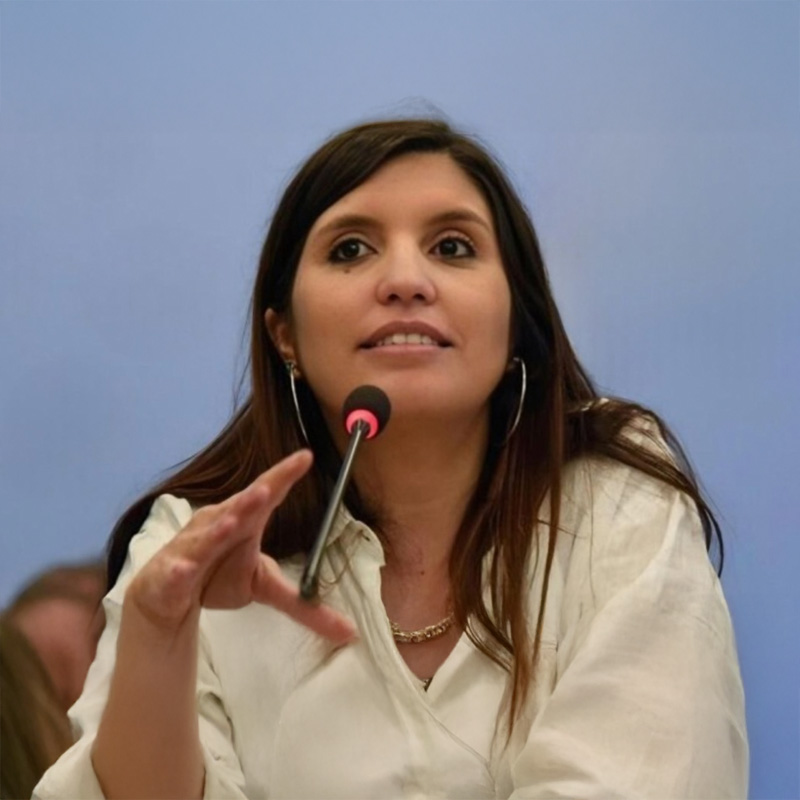
“Environmental issues must also be tackled from a social perspective.”
“Environmental issues must also be addressed through the lens of social questions.”
Faced with the dual challenge of providing affordable housing while mitigating environmental impact, Daniela Vilar, Minister of the Environment for the Province of Buenos Aires, is innovating with an approach known as “popular environmentalism.” This interview explores the challenges, solutions, and philosophy behind her ministry’s innovative work.

5 Ways to Immediately Increase Cities’ Resilience Capacity
Resilience is the capacity of cities to survive, adapt, and thrive in the face of both short and long-term shocks and stresses. It’s about anticipating future risks and ensuring the built environment is ready to meet them in the coming years. It also means bouncing back after disruptions by reinforcing urban systems. This article was published in collaboration with the World Economic Forum.
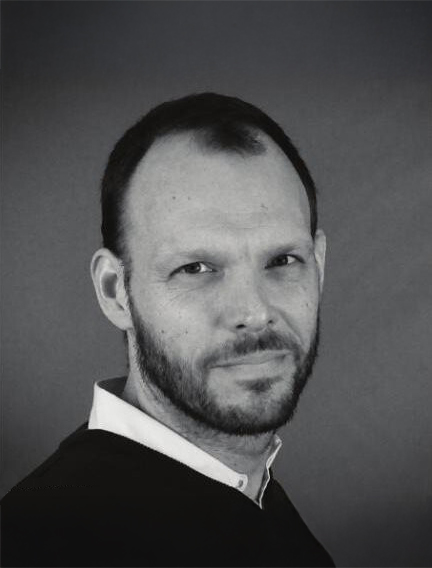
“Rapid transition in the space of a few decades is possible.”
The building renovation unit of Copenhagen supports the retrofit of the city’s existing built environment. Leading the unit is Janus Christoffersen*, who has worked on renewable energy projects aimed at drastically reducing resource use and limiting CO₂ emissions in the city. He shares his on-the-ground expertise with us.

Best targets are with 5 to 10 year’s reach.
Helsinki, the Finnish capital, is one of the most advanced cities in the world when it comes to environmental challenges. Committed to reducing its carbon emissions, it moved its neutrality target from 2035 to 2030. Leading this effort is Anni Sinnemäki, Deputy Mayor in charge of urban planning, transportation systems, and real estate. A breakdown of her actions in a few questions.

Resilience: when cities are too heavy
Due to rampant urbanization, soil in large cities is subsiding. A phenomenon especially pronounced in major coastal cities, which are also threatened by rising sea levels. Without waiting for a global response to this issue, many municipalities are already successfully implementing proven technical solutions.

“Collaboration is key.”
Irène Skoula leads the Energy and Buildings program at C40 Cities, an organization whose mission is to bring cities together to address the climate crisis. For her, cooperation is a crucial component of a successful transition to sustainable construction. No single actor can carry out the scale and pace of this transformation alone.
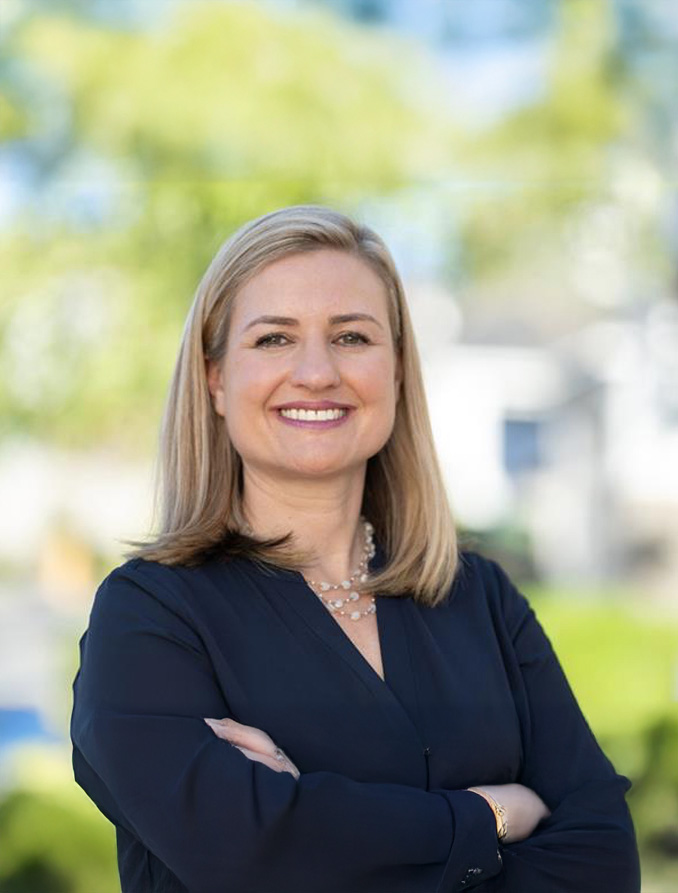
Phoenix: a city at the forefront of sustainable construction solutions
Located in the heart of the Sonoran Desert, Phoenix is the hottest city in the United States. Under these conditions, how can the country’s fifth-largest city become more sustainable? To meet this immense challenge, Democratic Mayor Kate Gallego, who has led the city since 2019, advocates an ambitious vision combining pragmatism, innovation, and civic engagement.
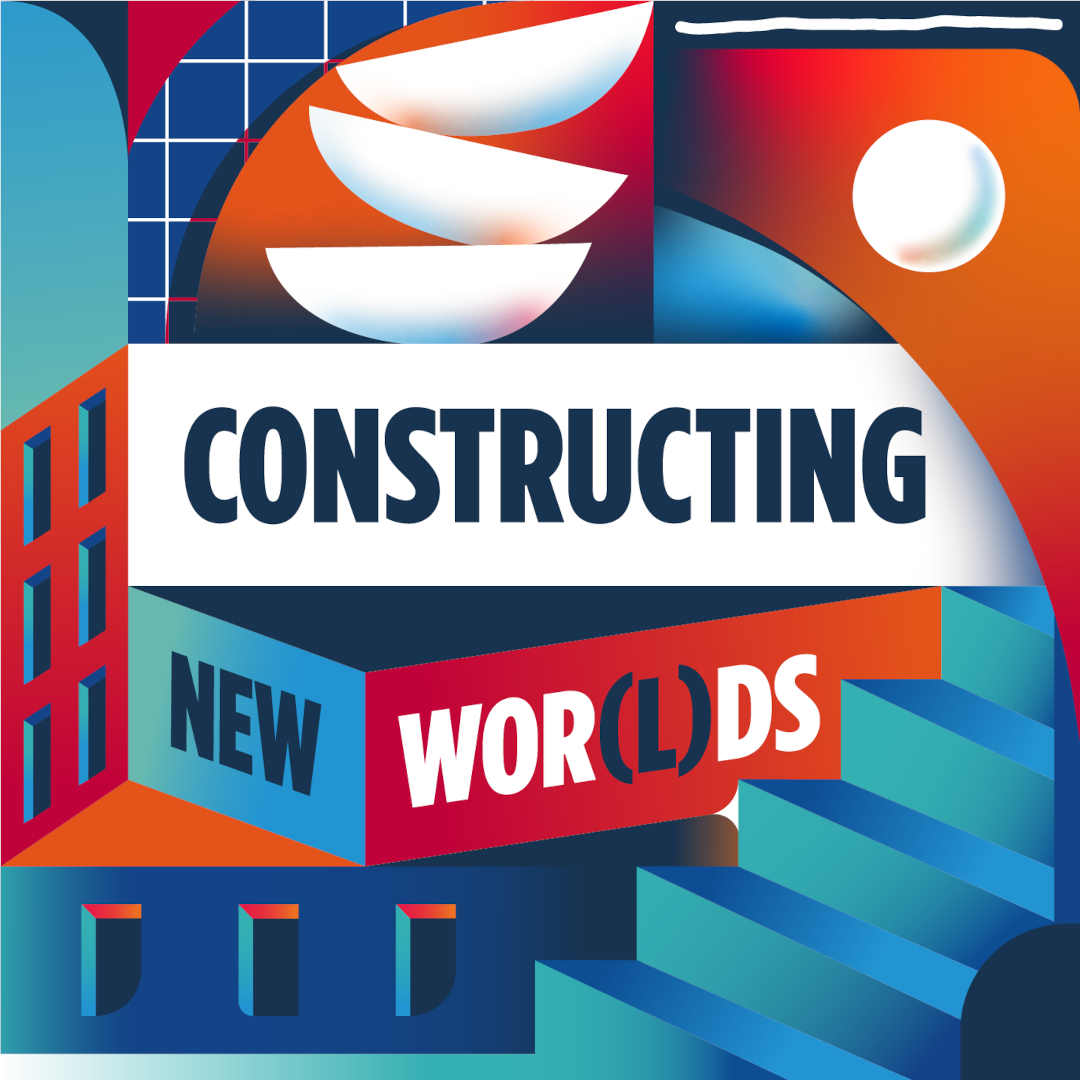
U… for Urban Heat Island
There’s no doubt cities are highly mineralized and poorly vegetated. The result? They retain more heat than the surrounding countryside, creating “urban heat islands.” But there are solutions to avoid this and make our cities more livable during high temperatures.

M… for Massive Urbanization
In twenty years, two-thirds of the global population will live in cities. Metropolises around the world continue to grow, and so do the challenges that come with it. To support this increasing density, cities must adopt new construction methods.

The city of tomorrow will be “blue-green”
Helen Johansson led the Scandinavian Green Roof Institute, based in Malmö’s Augustenborg eco-district, which she helped develop. In urban planning, she emphasizes “blue-green”
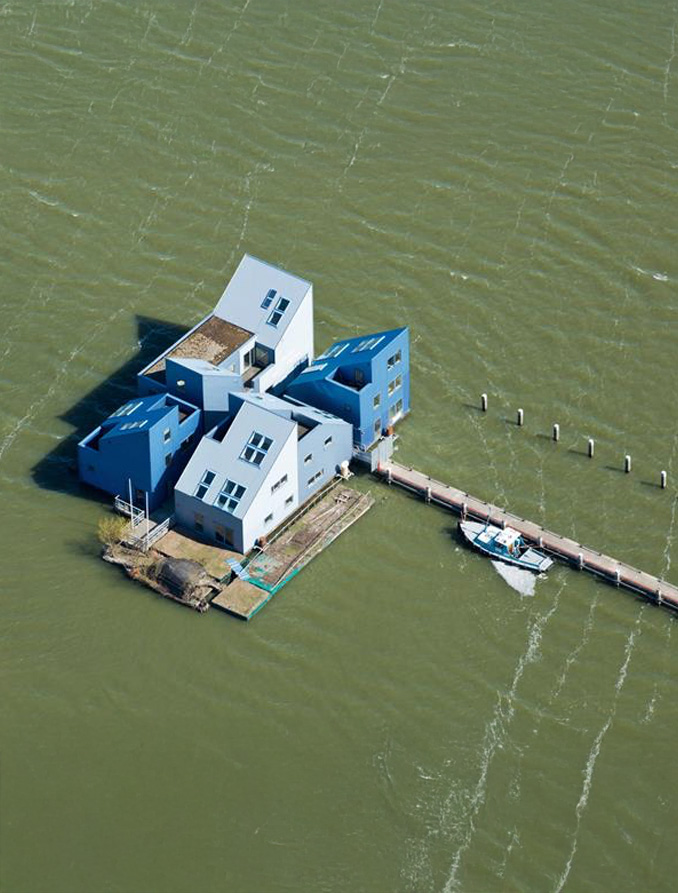
How can cities be made more resilient ?
Floods, heatwaves, storms, cyclones, wildfires… Global warming is increasing the severity and frequency of extreme events. To mitigate their impact, architects and urban planners face a dual challenge: adapt buildings and neighborhoods to boost cities’ resilience and significantly reduce greenhouse gas (GHG) emissions from construction.
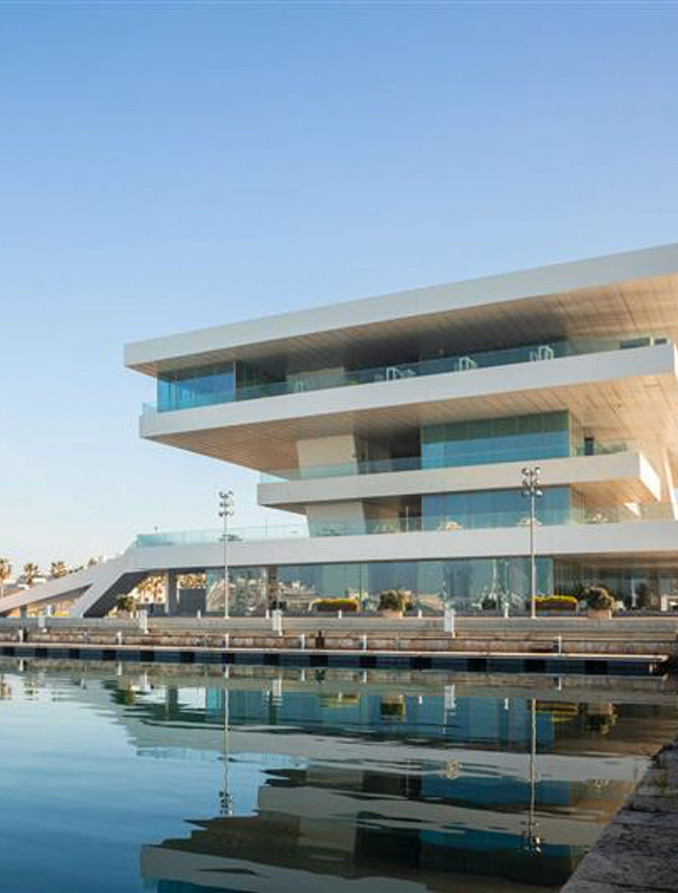
Four European Cities at the Cutting Edge of the Ecological Transition
Because they know how to adapt to their specific geographic and cultural contexts, Valencia, Grenoble, Stockholm, and Ljubljana offer remarkable examples of healthier, cleaner urbanization that is better suited to future challenges. These cities are pursuing ecological transitions with citizen-centric approaches. Winners of the European Commission’s “European Green Capital” award, they are determined to continue their efforts.

The model of Vancouver, one of the greenest cities in the world, is replicable.
High public acceptance, business awareness, and cross-party political consensus: this is the recipe behind Vancouver’s “greening.” Launched in 2011 with the Greenest City Action Plan (GCAP), the transformation is now visible through new low-carbon buildings. Explained by George Benson, Director of Decarbonization and Transformation at the Vancouver Economic Commission (VEC) until April 2024.

“The smart city is becoming invisible”
Originating from the most extravagant future visions of the early 2000s, the smart city concept has largely failed to live up to expectations. For Antoine Picon, research director at École des Ponts ParisTech and professor at Harvard’s Graduate School of Design, urban issues cannot be addressed purely through digital rationality.

Smart city: futile concept or keystone of the energy transition?
While the concept of the smart city is now applied worldwide, the most advanced cities are multiplying innovative initiatives. But once touted as a beacon of energy sobriety, the smart city can also be very resource-intensive and sometimes drift away from human-scale considerations.









